Optimal Timing for Waterproofing
Waterproofing is a critical process to protect structures from water infiltration, which can cause damage, mold growth, and structural deterioration. The timing of waterproofing applications can significantly influence their effectiveness and longevity. Proper scheduling ensures optimal adhesion, curing, and performance of waterproofing materials.
Spring offers moderate temperatures and increased moisture levels, making it suitable for waterproofing projects. Avoid early spring when temperatures fluctuate significantly.
Summer provides warm, dry conditions ideal for most waterproofing applications. High temperatures can accelerate curing times but require attention to avoid excessive heat.
Fall is suitable due to cooler temperatures and lower humidity. It's important to complete waterproofing before winter to prevent freeze-thaw damage.
Winter is generally not recommended due to freezing temperatures and high moisture levels, which can hinder curing and adhesion of waterproofing materials.

High temperatures facilitate quick curing, ensuring durable waterproofing layers.

Spring requires careful planning due to variable weather and moisture conditions.

Fall provides cooler, stable weather ideal for long-lasting waterproofing results.
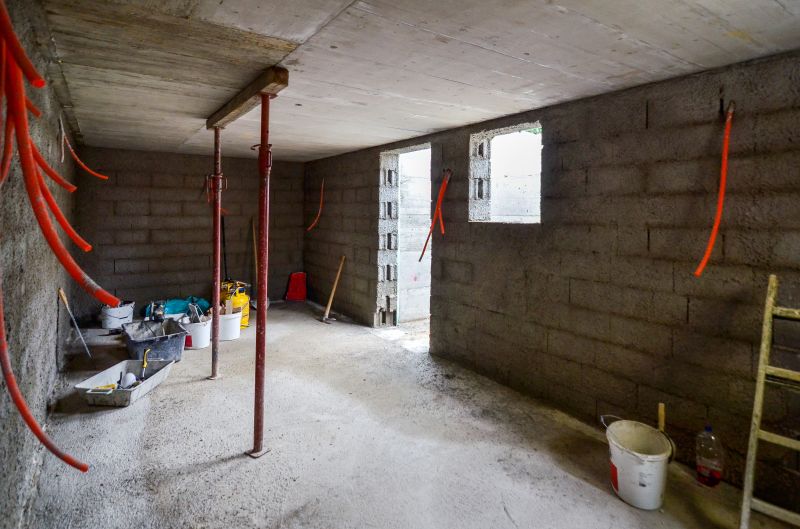
Ways to make Waterproofings work in tight or awkward layouts.
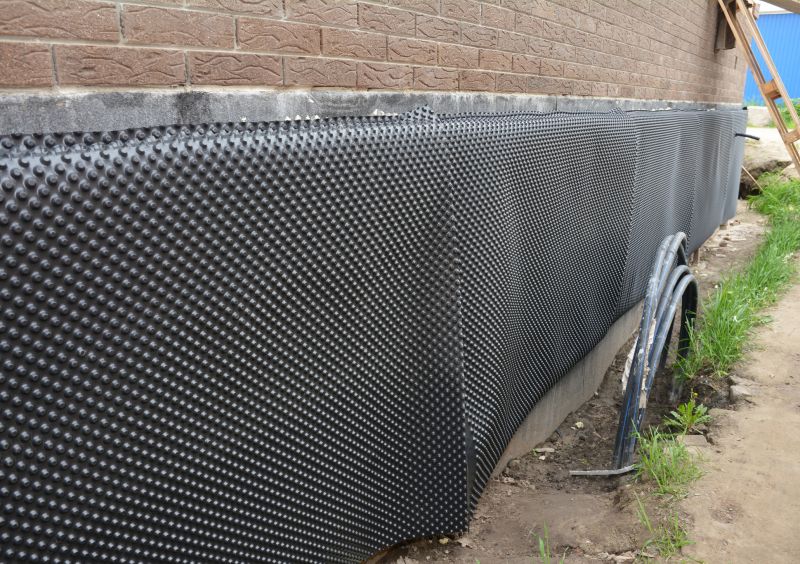
Popular materials for Waterproofings and why they hold up over time.
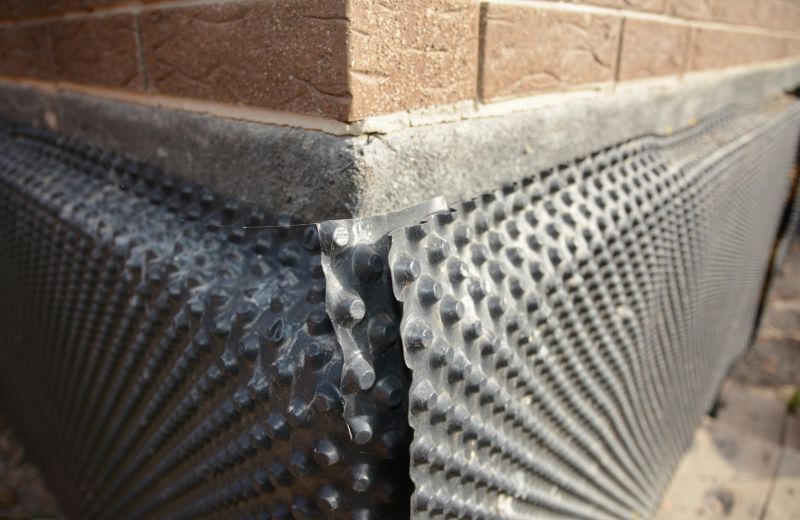
Simple add-ons that improve Waterproofings without blowing the budget.
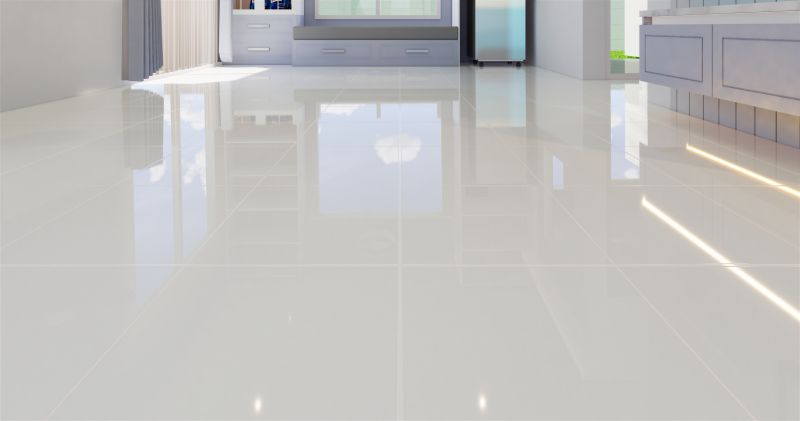
High-end options that actually feel worth it for Waterproofings.
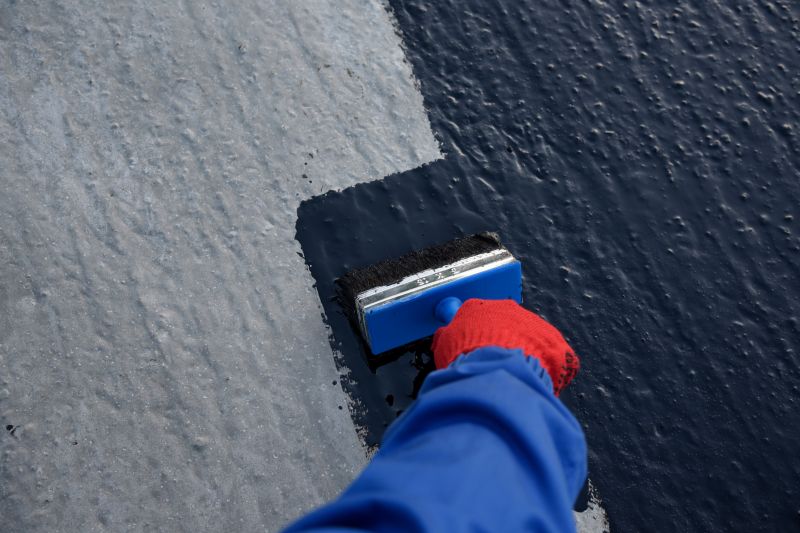
Finishes and colors that play nicely with Waterproofings.
| Season | Suitable Conditions |
|---|---|
| Spring | Moderate temperatures, higher humidity, avoid early spring freezes |
| Summer | Warm, dry weather, high temperatures beneficial |
| Fall | Cooler temperatures, low humidity, before winter freezes |
| Winter | Freezing temperatures, high moisture levels, generally unsuitable |
Waterproofings are essential for protecting foundations, basements, roofs, and other structural elements from water damage. Proper timing ensures the longevity of waterproofing membranes and coatings. Materials like bituminous membranes, liquid coatings, and sealants perform best under specific temperature and humidity conditions, which vary across seasons.
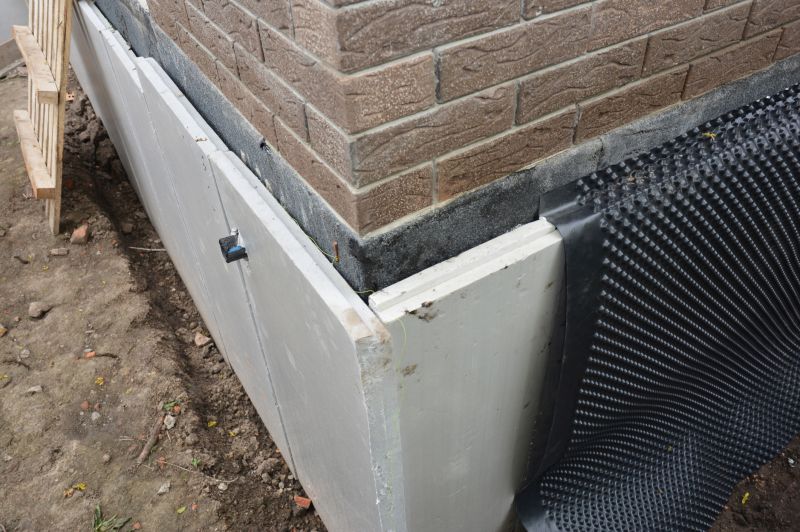
Applying waterproofing during optimal weather prevents water infiltration and structural damage.
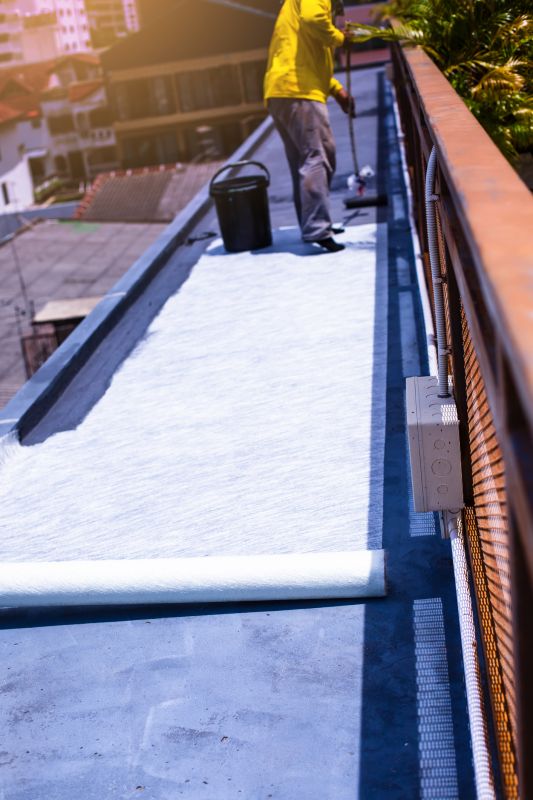
Summer's warm, dry conditions support effective roof waterproofing applications.
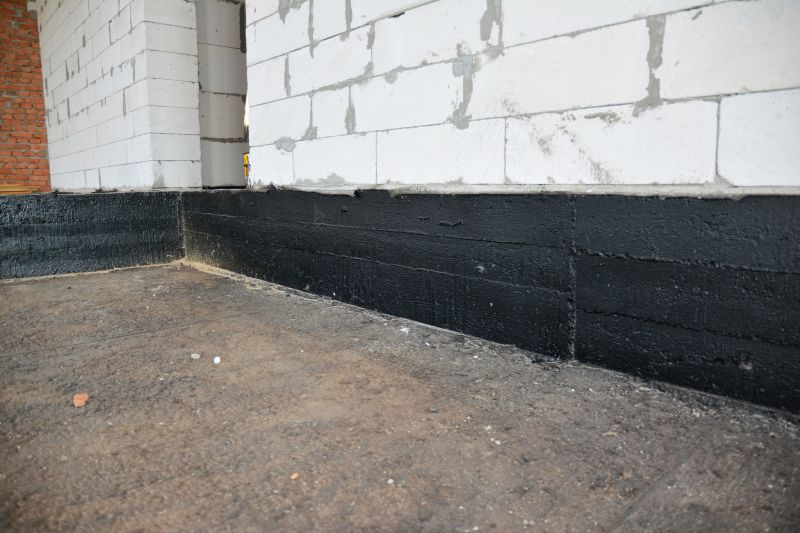
Fall offers suitable weather for sealing basements before winter.
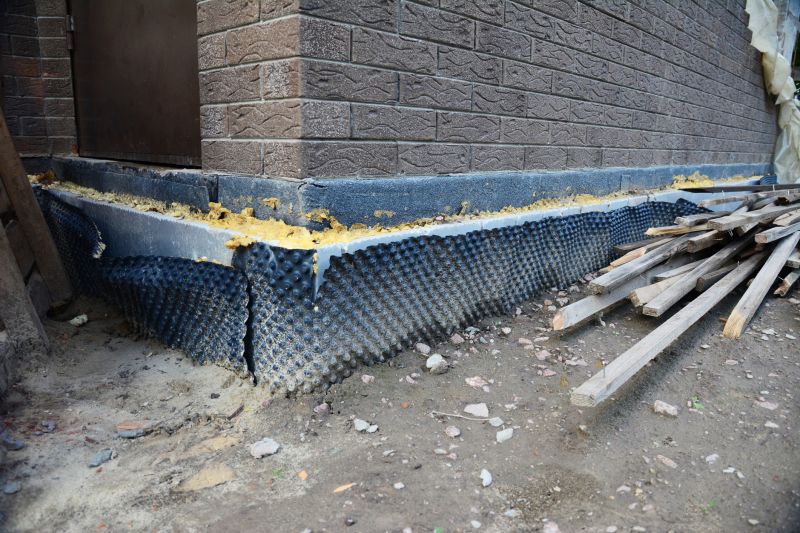
Proper application techniques ensure long-lasting water resistance.
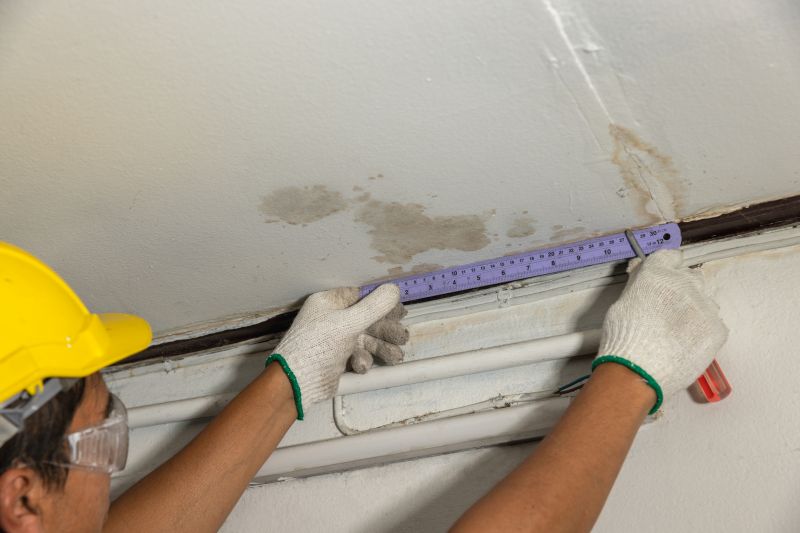
Little measurements that prevent headaches on Waterproofings day.
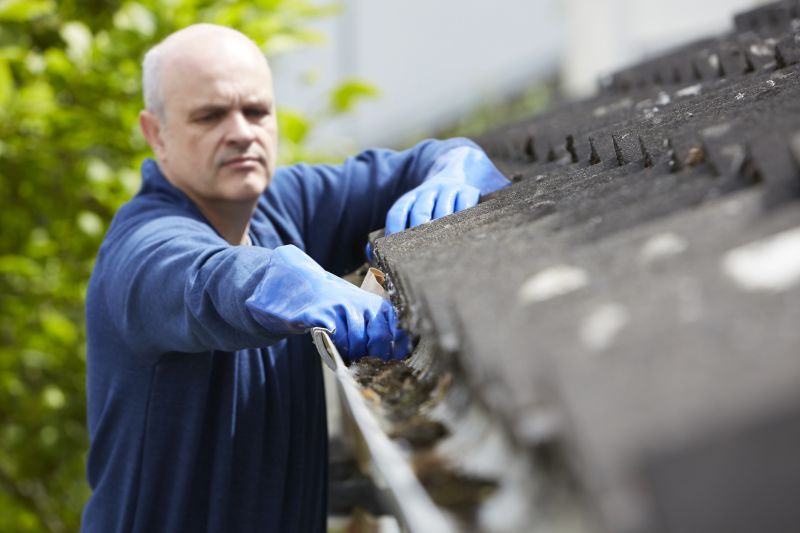
A 60-second routine that keeps Waterproofings looking new.
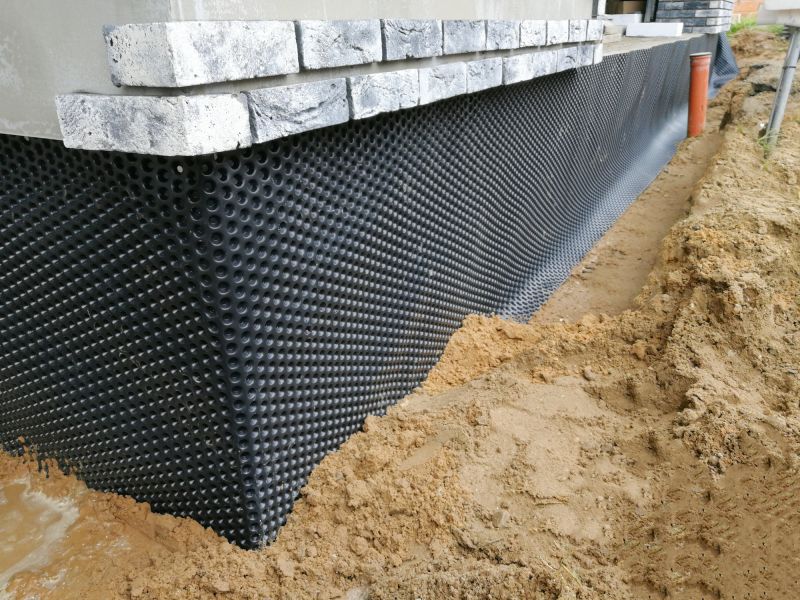
A frequent mistake in Waterproofings and how to dodge it.
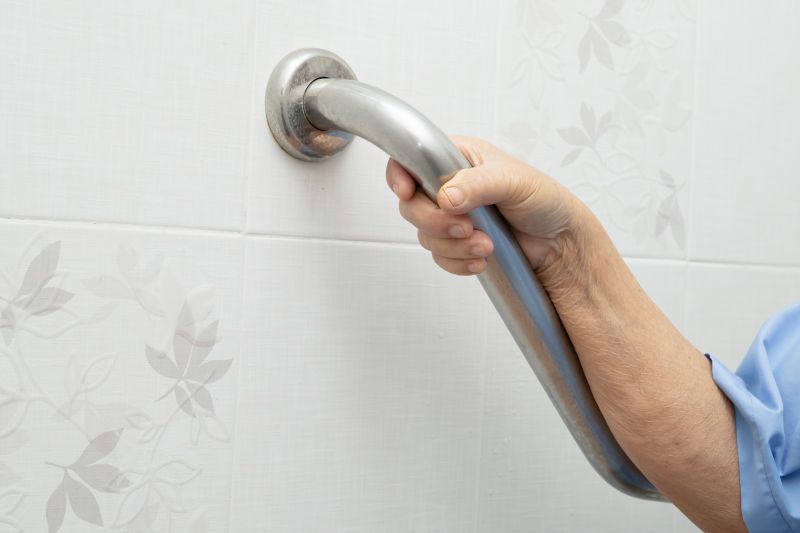
Small tweaks to make Waterproofings safer and easier to use.
Choosing the right time for waterproofing can prevent costly repairs and extend the lifespan of structures. Consulting with waterproofing professionals can help determine the best schedule based on local climate conditions and specific project requirements.
For those interested in waterproofing services, filling out the contact form provides an opportunity to discuss project needs and schedule work during the most suitable season. Proper planning and execution are key to effective water protection.

